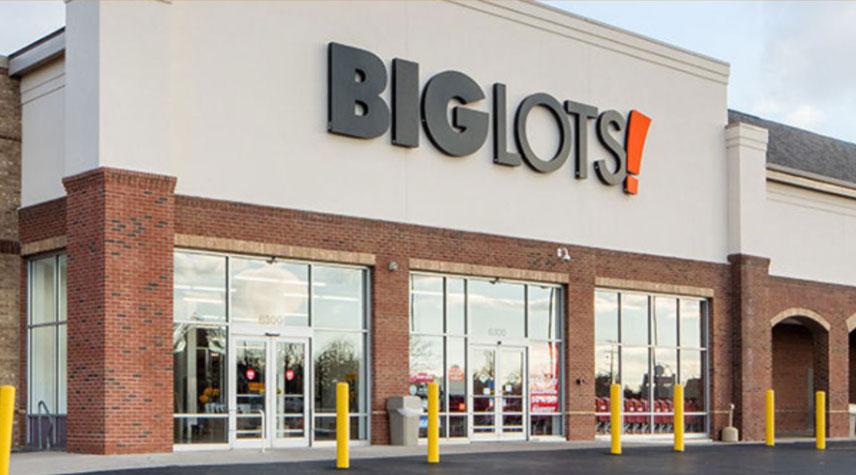COLUMBUS, Ohio — In its 240-page 10-Q filing with the Securities and Exchange Commission, Top 100 retailer Big Lots revealed concerns about its ability to continue as an ongoing concern as well as its plans to close up to 40 stores in 2024.
The Columbus, Ohio-based discounter, which had 1,392 stores in 2023 according to Furniture Today’s 2024 Top 100 report, revealed more in the June 13 filing.
As of May 4, it had an aggregate borrowing base of $956.7 million under the 2022 Credit Agreement and Term Loan Facility with $578.2 million in aggregate borrowings outstanding under the agreement and $53.6 million committed to outstanding letters of credit, leaving $324.9 million of aggregate availability, subject to certain borrowing base limitations. It noted that in the first quarter of FY2024, its long-term debt increased by $72.2 million year-over-year to $573.8 million.
The April 18 multi-million-dollar loan facility it signed through an affiliate of Gordon Brothers Capital (notated as the ABL Amendment in the filing), which boosted its borrowing capacity by up to $200 million, included as collateral a mortgage on the company’s corporate headquarters in Columbus.
After giving effect to the ABL Amendment, the 2022 Credit Agreement requires Big Lots to maintain minimum excess availability (“Excess Availability Covenant”) of at least the greater of $80 million or 10% of the lesser of the aggregate commitments under the 2022 Credit Agreement (currently $900 million) and the ABL Borrowing Base (the “Maximum Credit Amount”) (without giving effect to the Term Loan Pushdown Reserve).
A violation of these covenants would result in a default under the 2022 Credit Agreement, which would permit the lenders to restrict Big Lots’ ability to further access the 2022 Credit Agreement for loans and letters of credit and could require the immediate repayment of any outstanding loans under the 2022 Credit Agreement.
Among its options for improving available liquidity, Big Lots is considering leveraging owned real estate property through outright sale or sale-leasebacks; monetizing certain pending litigation claims to which it is a plaintiff; driving improvements in sales and profitability through its key strategic actions, which include actions to increase penetration of extreme bargains and closeouts, improve merchandise presentations that highlight best deals and encourage basket growth and visit frequency; and drive productivity and efficiency in business by aggressively pursuing operating expense and capital outlay reductions, which includes continuing to achieve savings through its Project Springboard initiative.
It noted that the plans have not been finalized and are subject to market conditions that are not fully within its control. However, management believes that, in aggregate, those plans have the potential to maintain its compliance with the Excess Availability Covenant.
